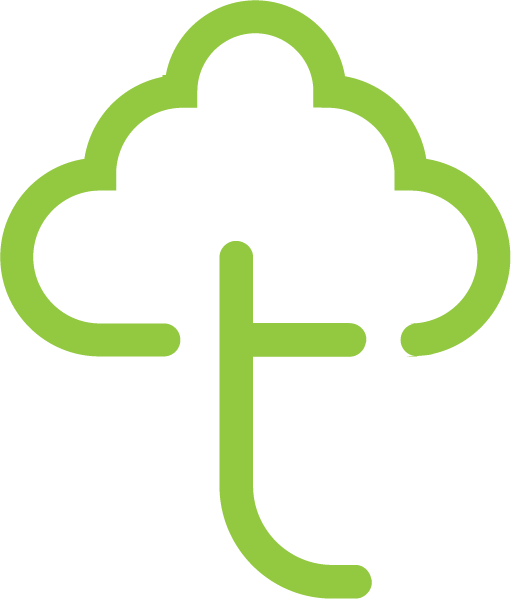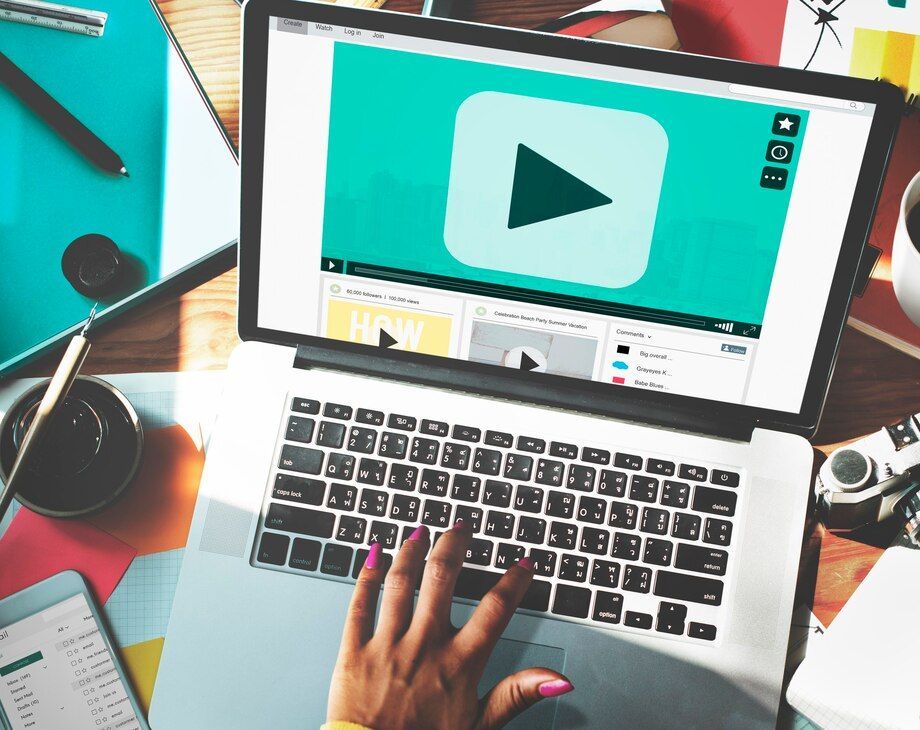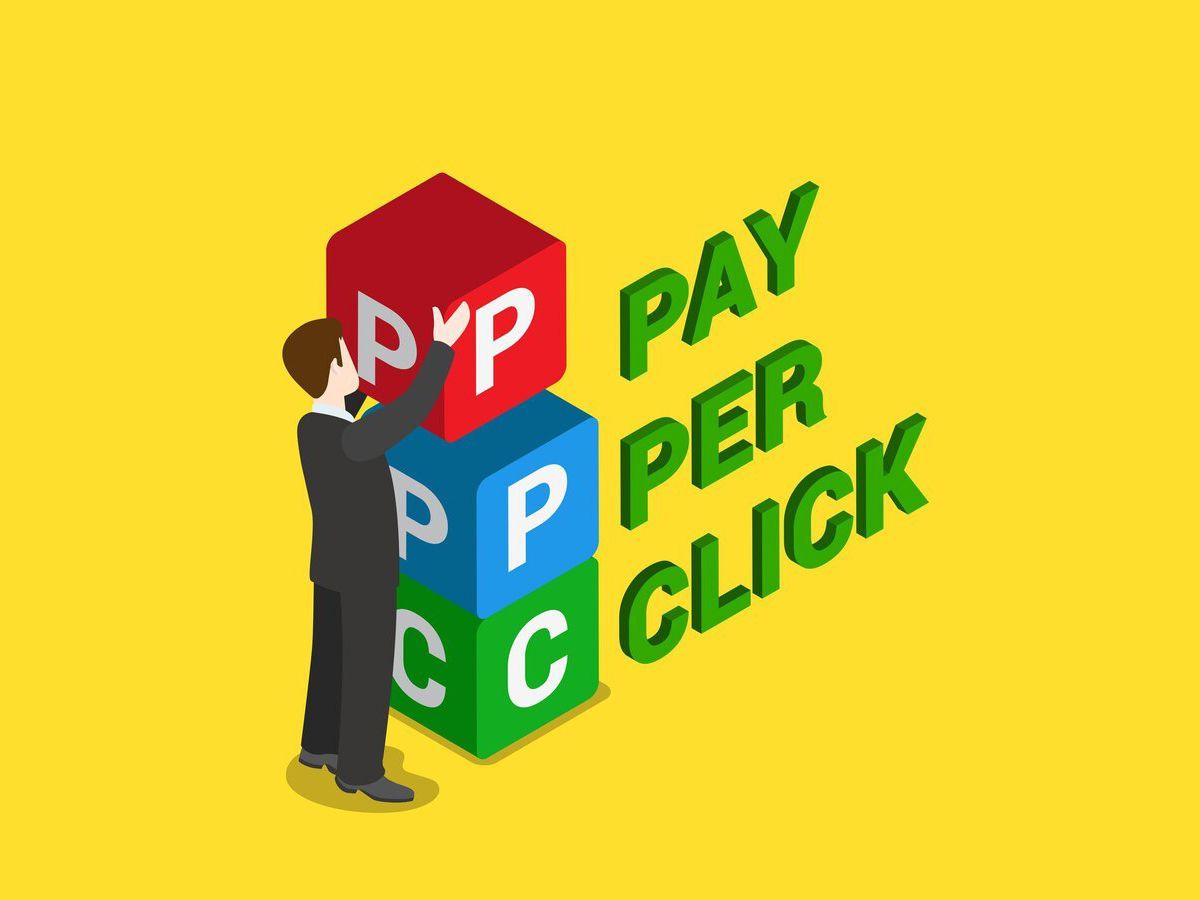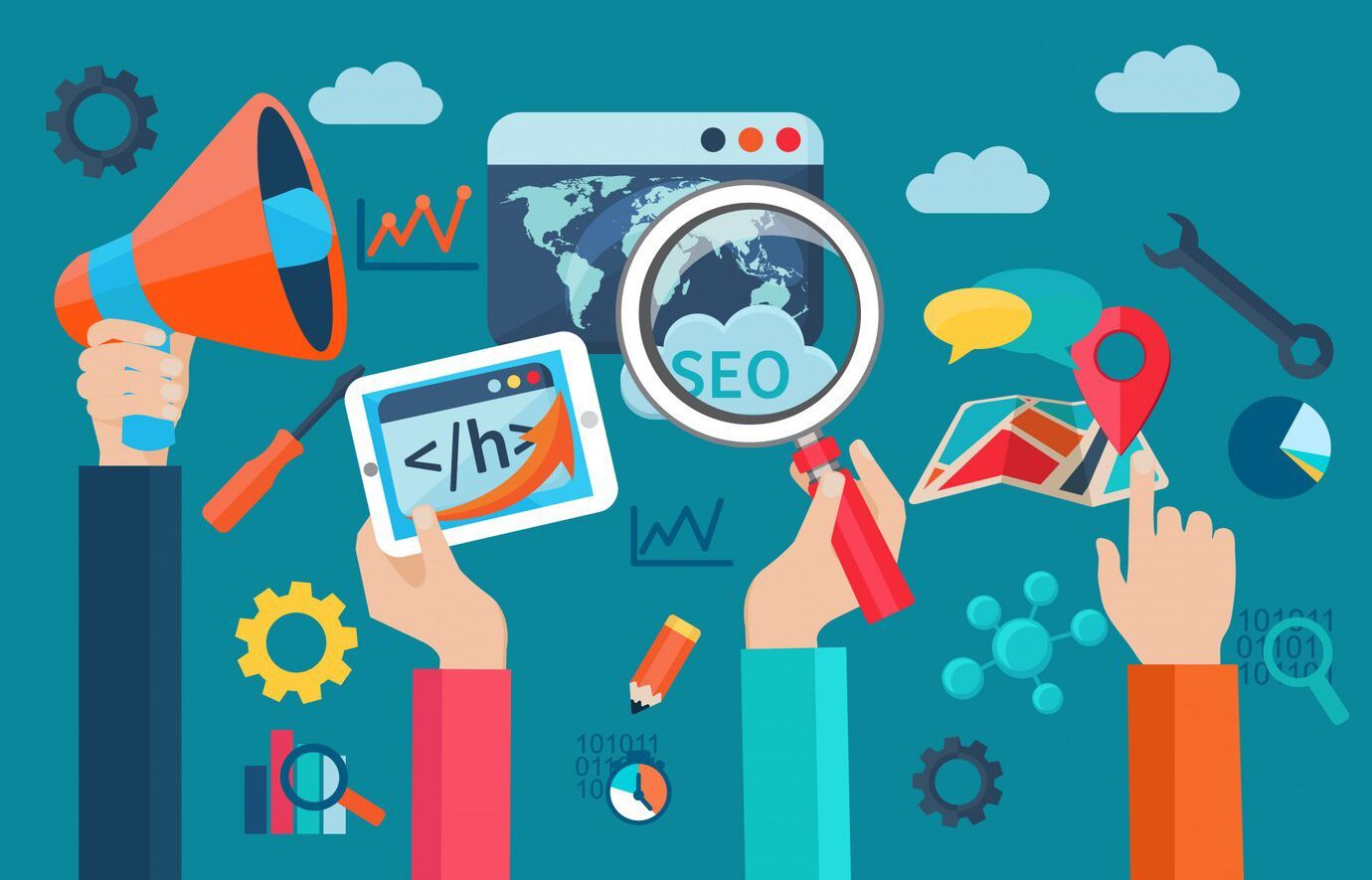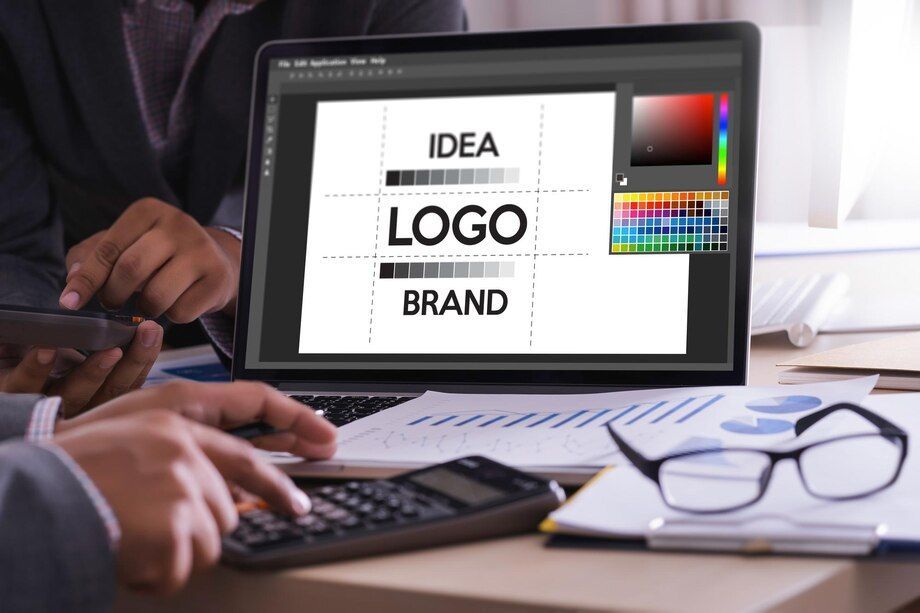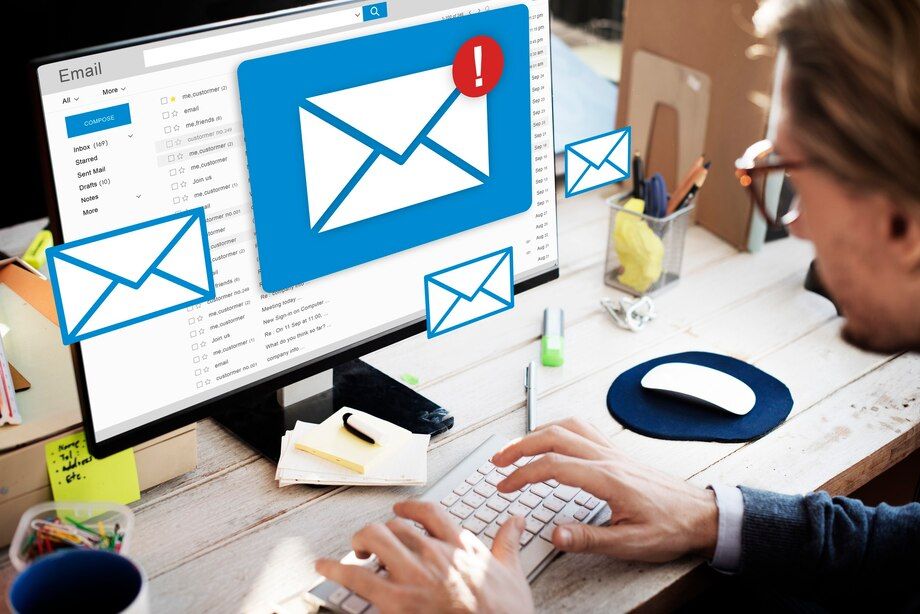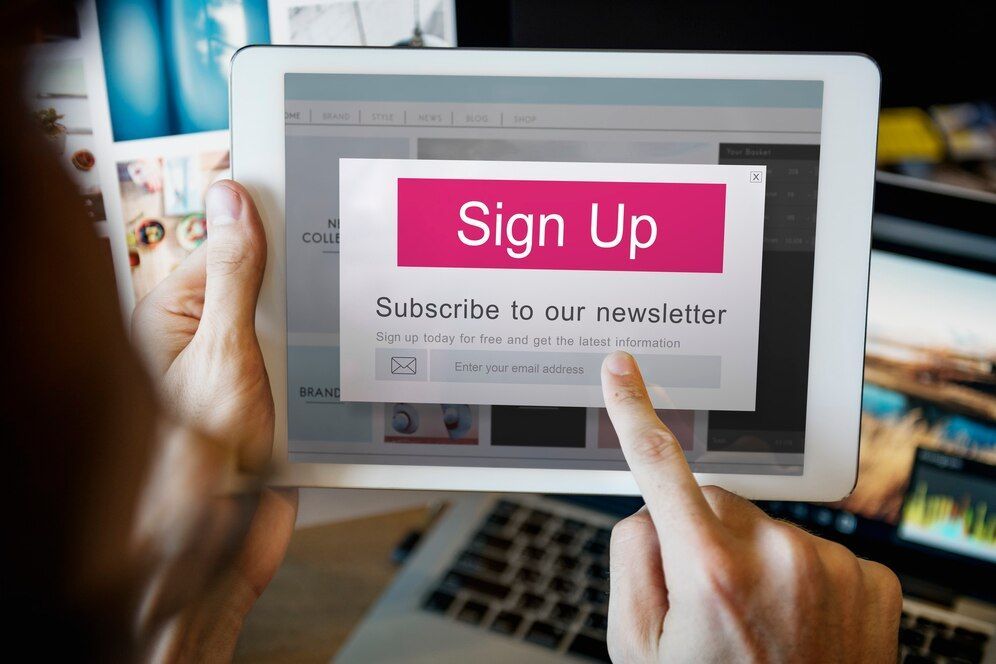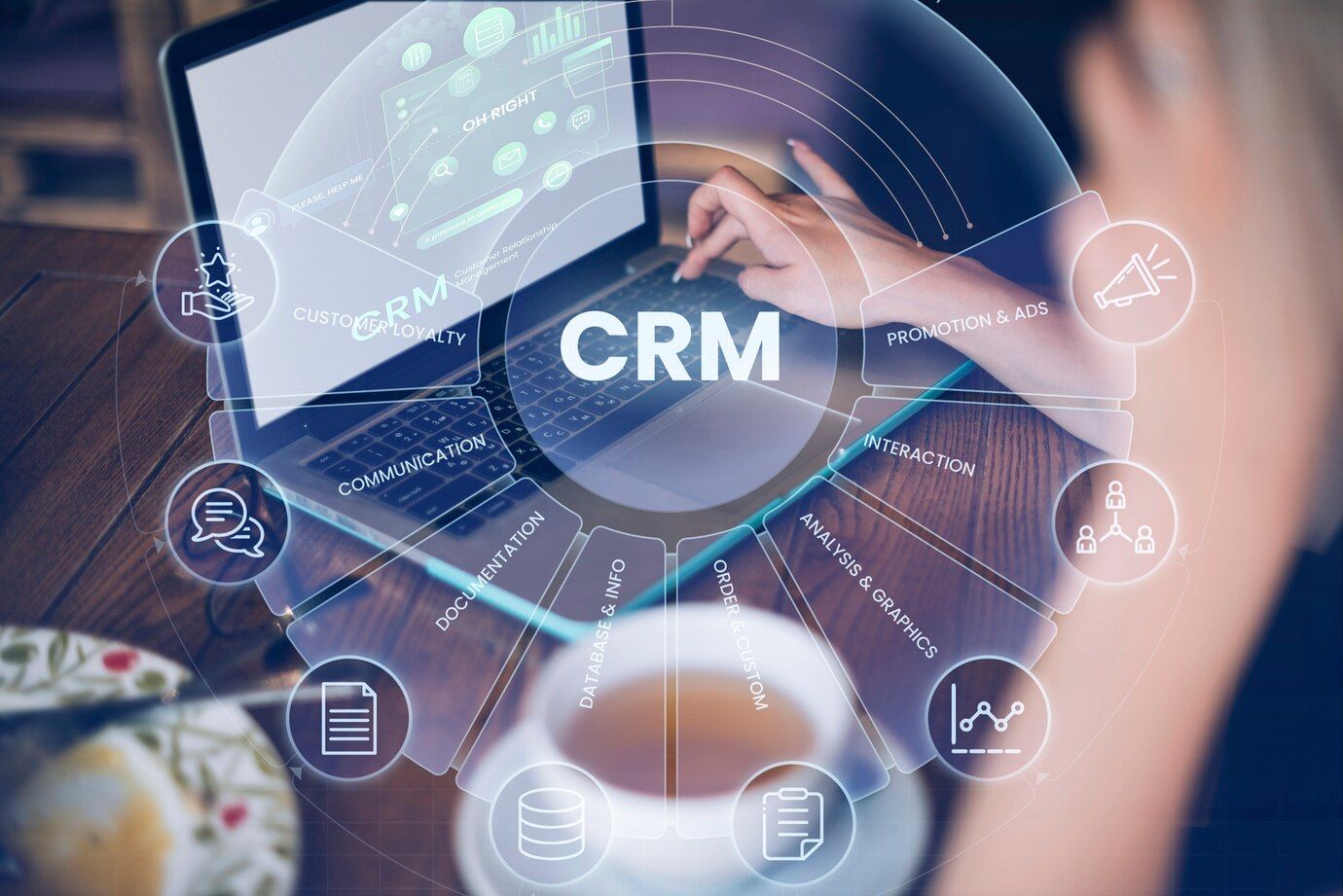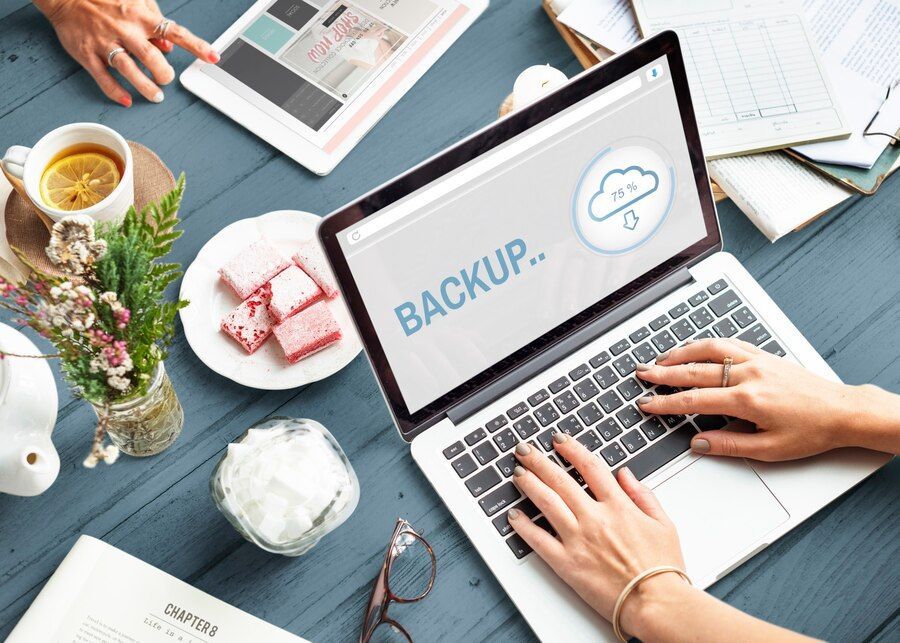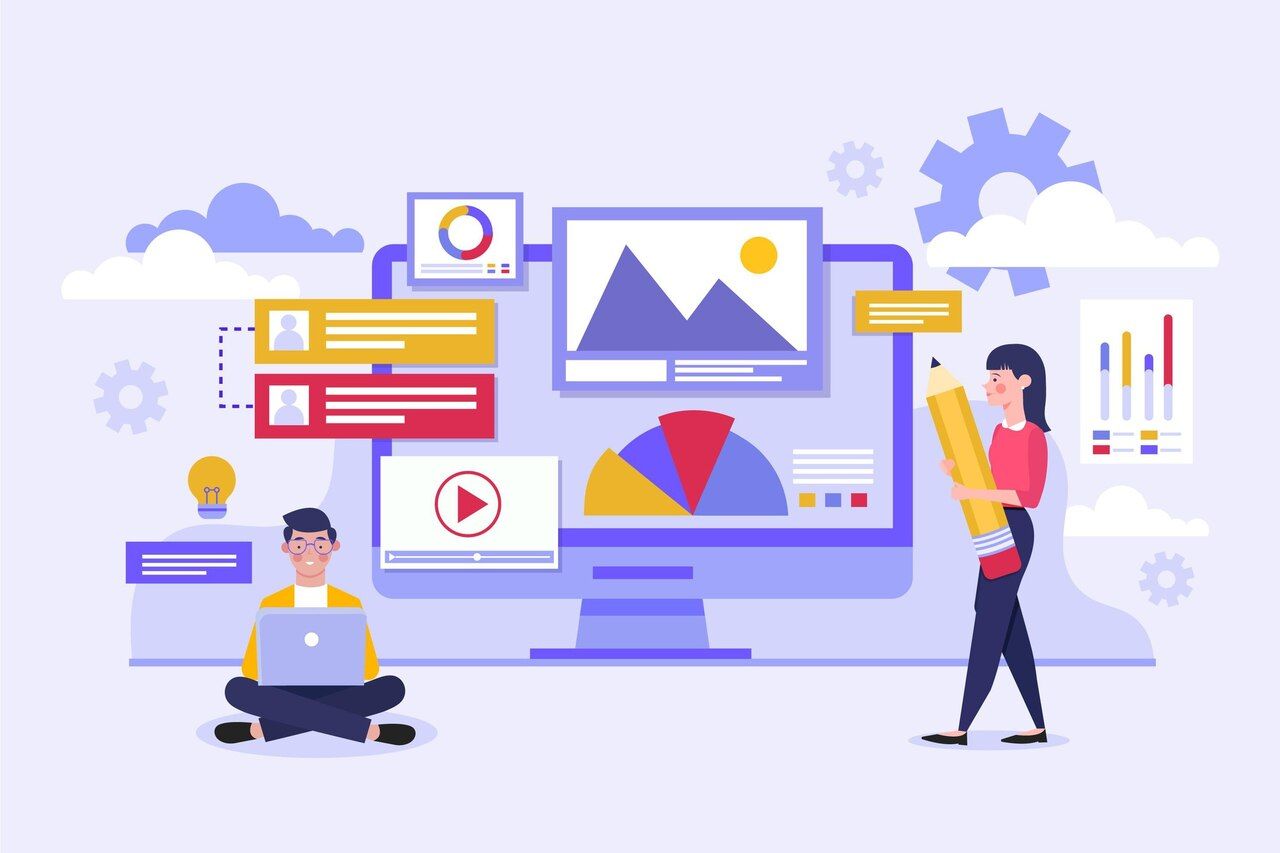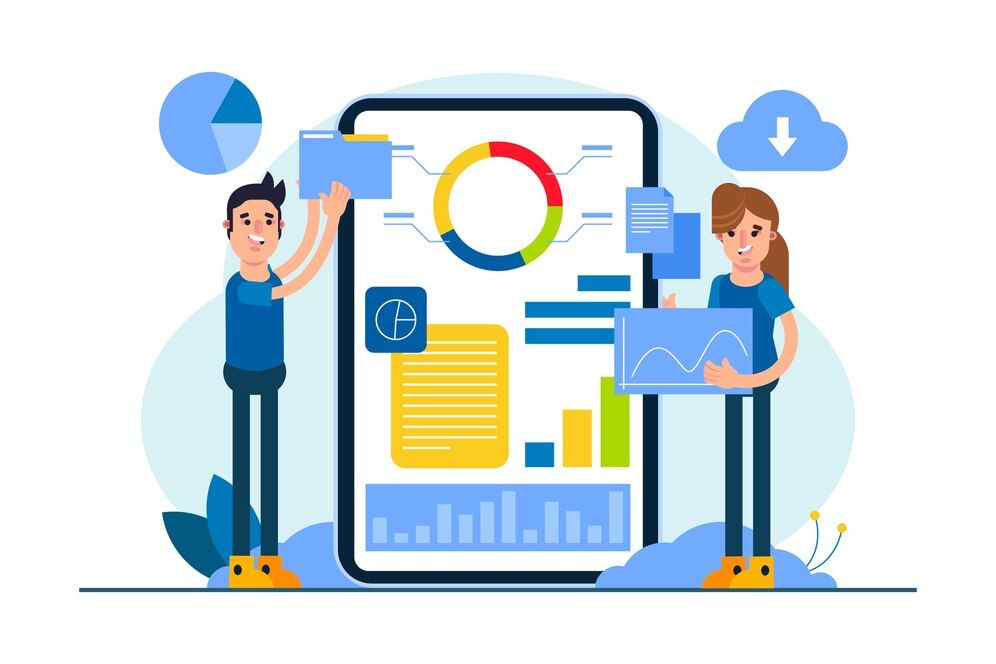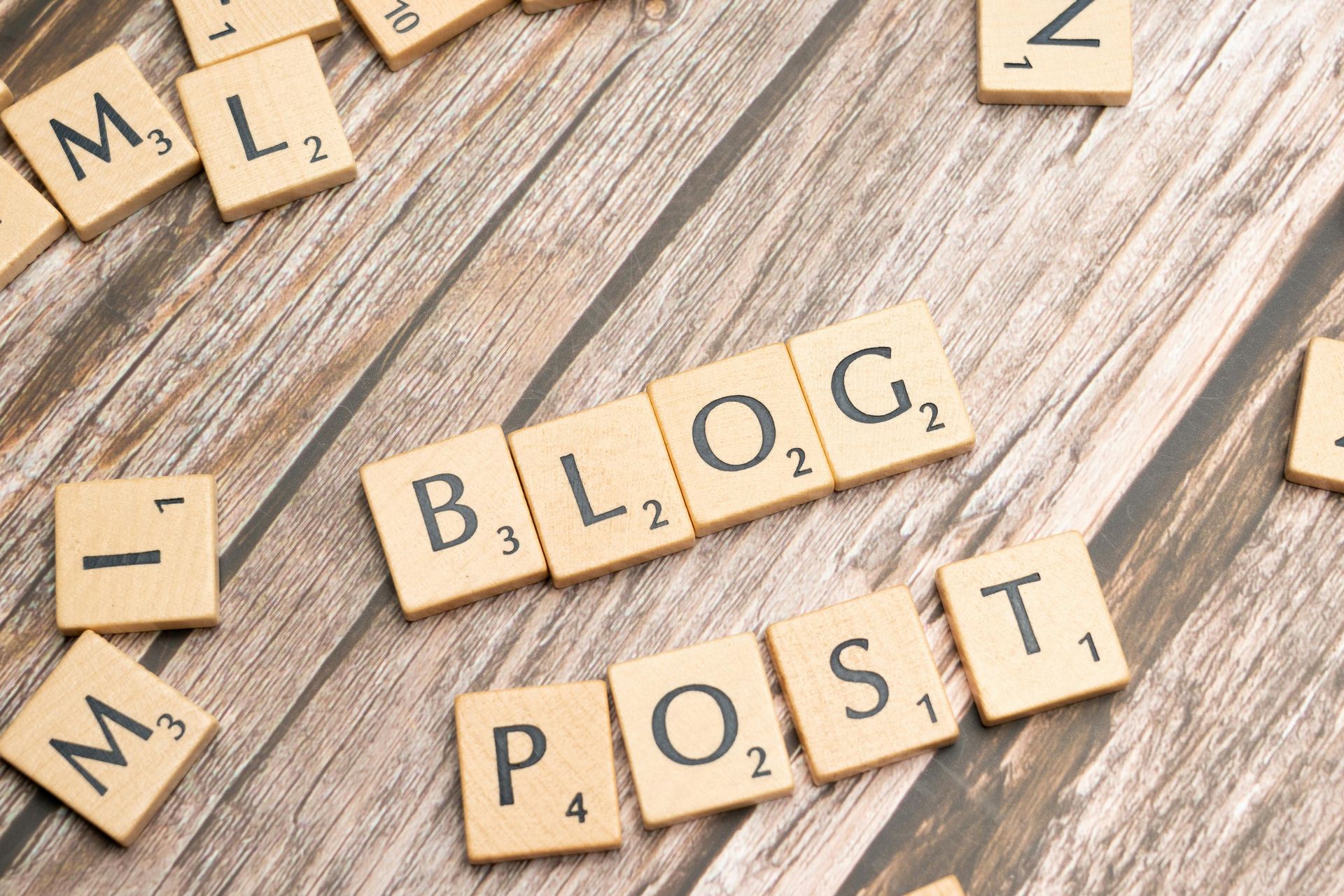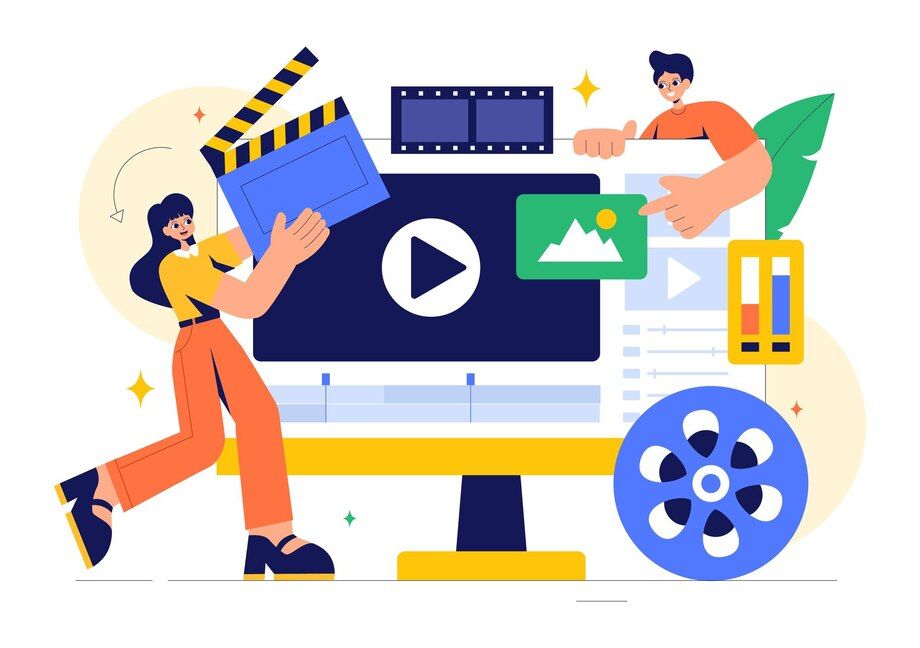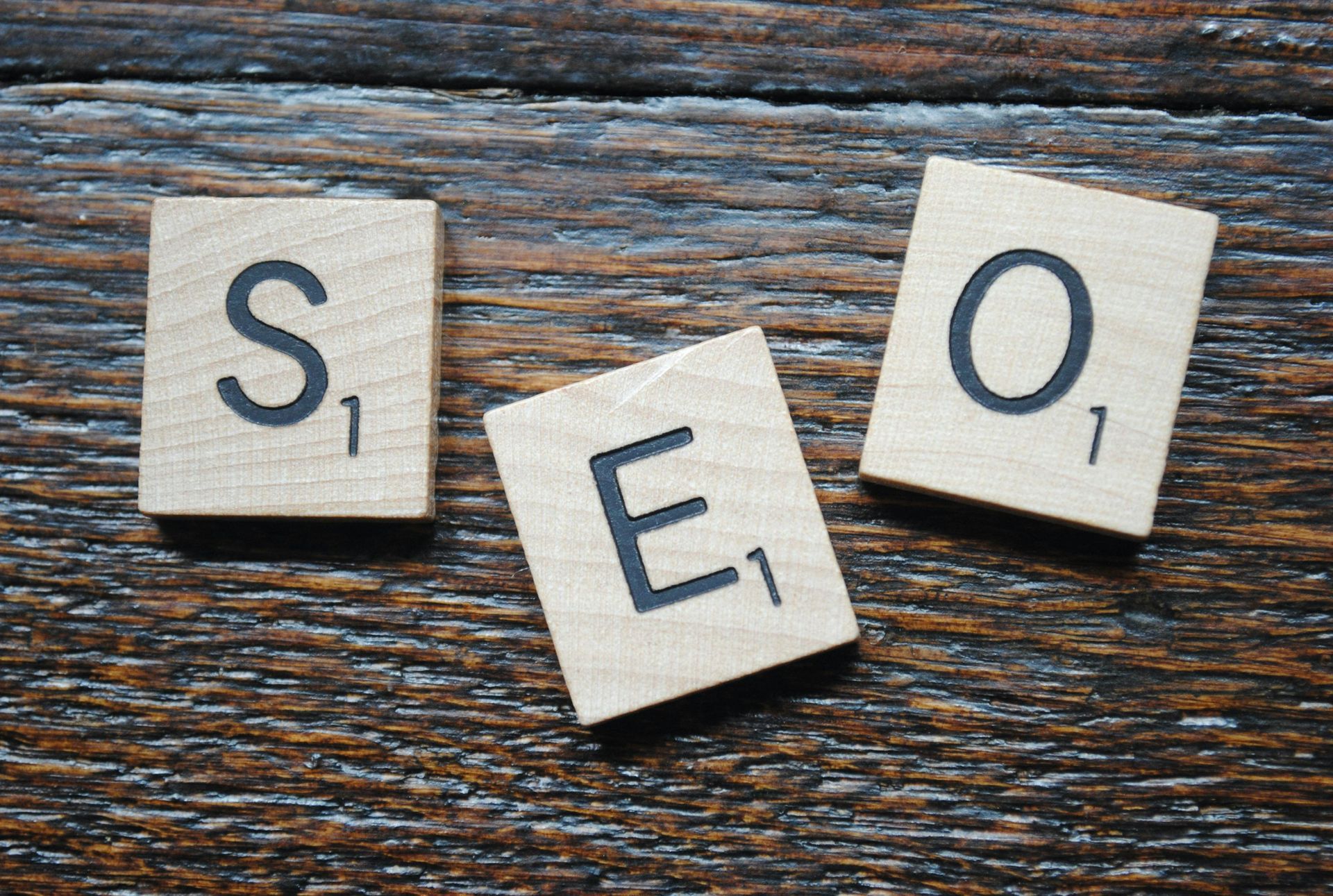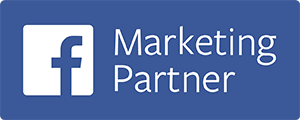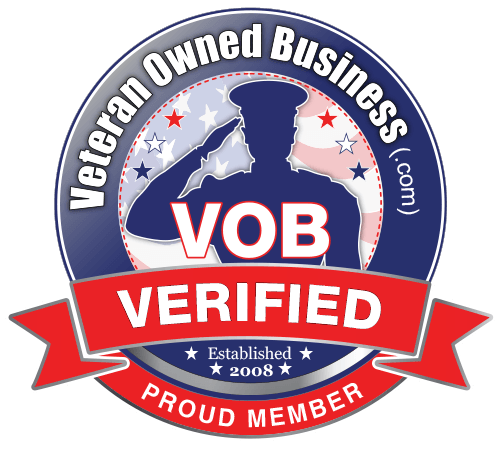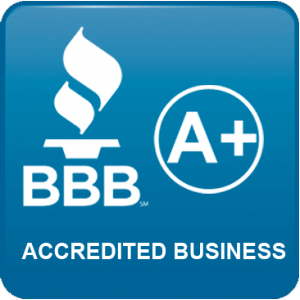OUR RECENT BLOGS
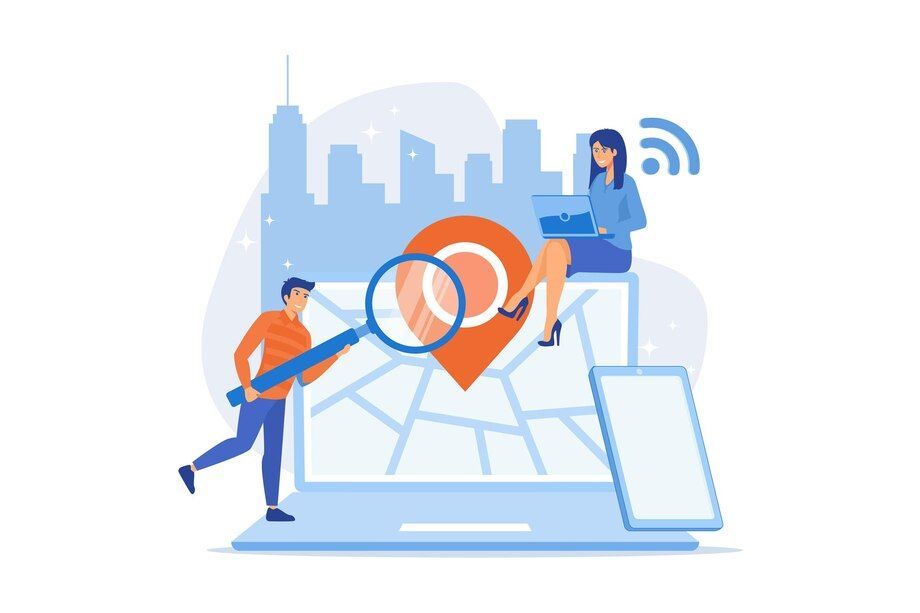
In the ever-evolving digital landscape, 2025 marks a pivotal year for precision marketing. As consumers demand more personalized experiences, businesses must adapt by leveraging advanced technologies like geofencing and behavioral targeting. At DigitalTreehouse , a leading website development and marketing service company based in Franklin, TN, we specialize in crafting data-driven strategies that deliver measurable results. This comprehensive guide explores how these cutting-edge tools can revolutionize your marketing efforts.
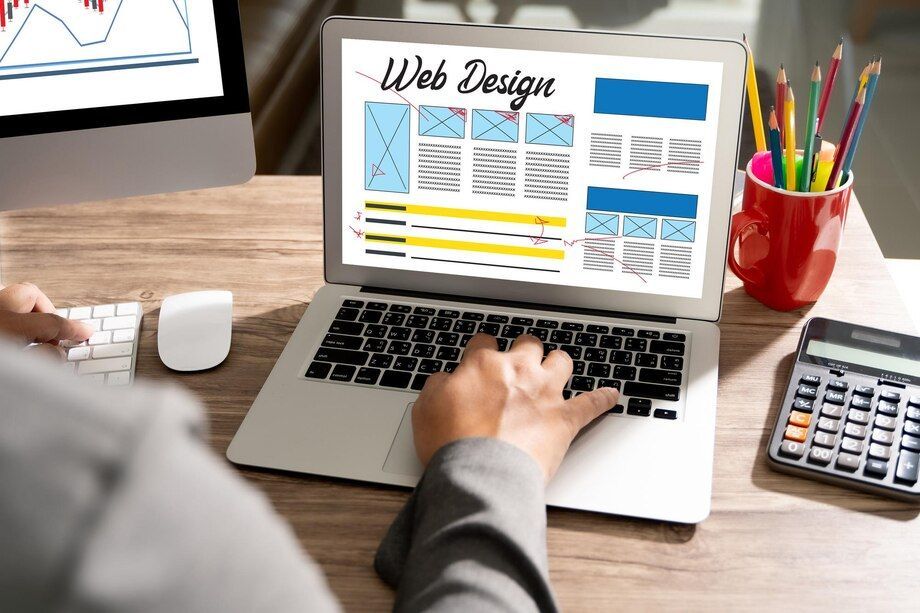
In today's digital era, a generic website no longer suffices to meet the unique demands of various industries. Businesses require customized web solutions that not only reflect their brand identity but also cater to their specific audience's needs. At DigitalTreehouse , located in Franklin, TN, we specialize in crafting bespoke websites that enhance user experience and drive business growth across multiple sectors.
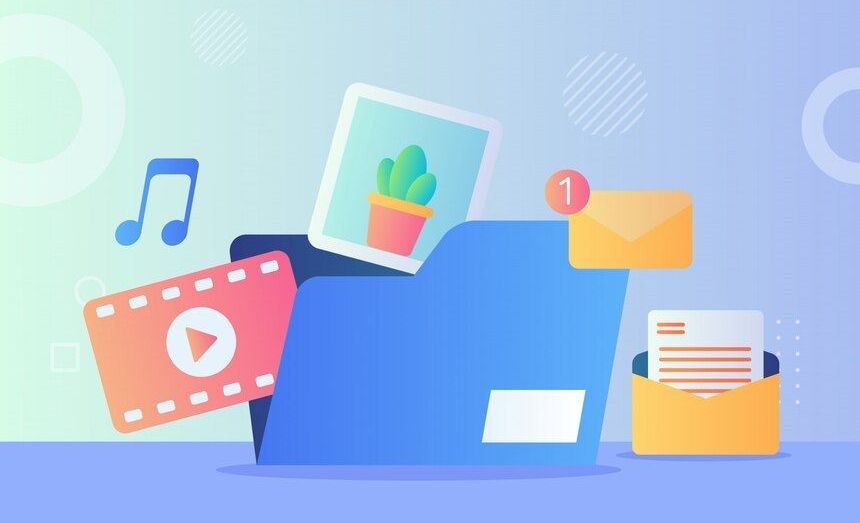
In today’s digital landscape, visual content plays a crucial role in enhancing user experience and engagement. Whether it’s high-quality images, videos, or animations , managing media assets efficiently is essential for maintaining a well-organized and professional website. For businesses using Duda’s website builder , the Media Library offers a seamless way to store, organize, and optimize media files. At DigitalTreehouse , a website development and marketing agency in Franklin, TN , we help businesses leverage Duda’s media management tools to enhance site performance, aesthetics, and functionality. This guide will walk you through best practices for managing media libraries in Duda , ensuring your website remains visually compelling and fast-loading.
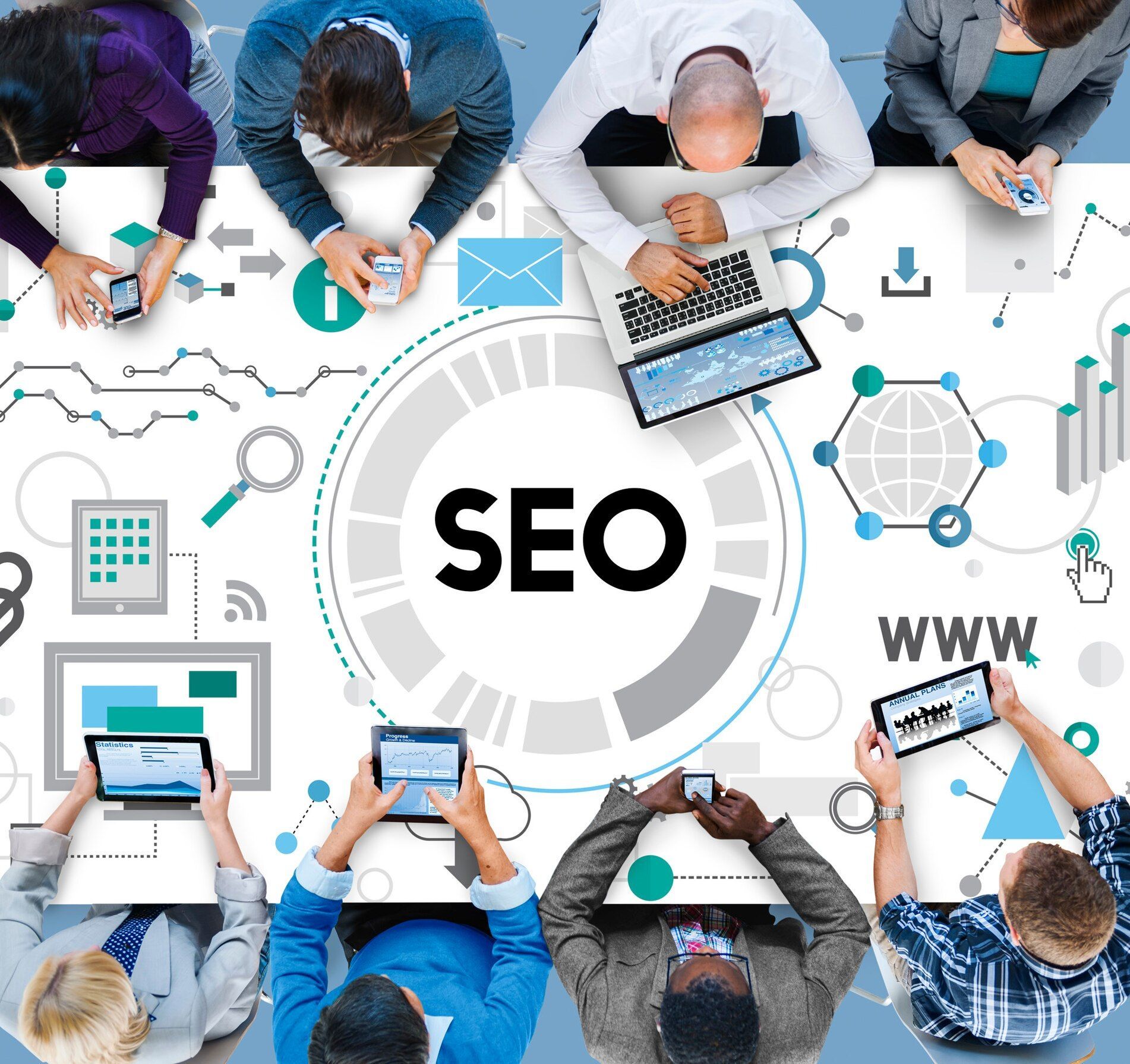
In today's digital landscape, having a beautifully designed website is only part of the equation. If your website isn’t optimized for search engines, potential customers may never find you. That’s where Duda’s built-in SEO tools come into play. ` At DigitalTreehouse , a website development and marketing agency based in Franklin, TN , we specialize in leveraging Duda’s powerful SEO features to enhance your online presence. Whether you’re launching a new site or looking to improve your current rankings, this guide will walk you through how to make the most of Duda’s built-in SEO tools to boost your visibility and attract more customers.

